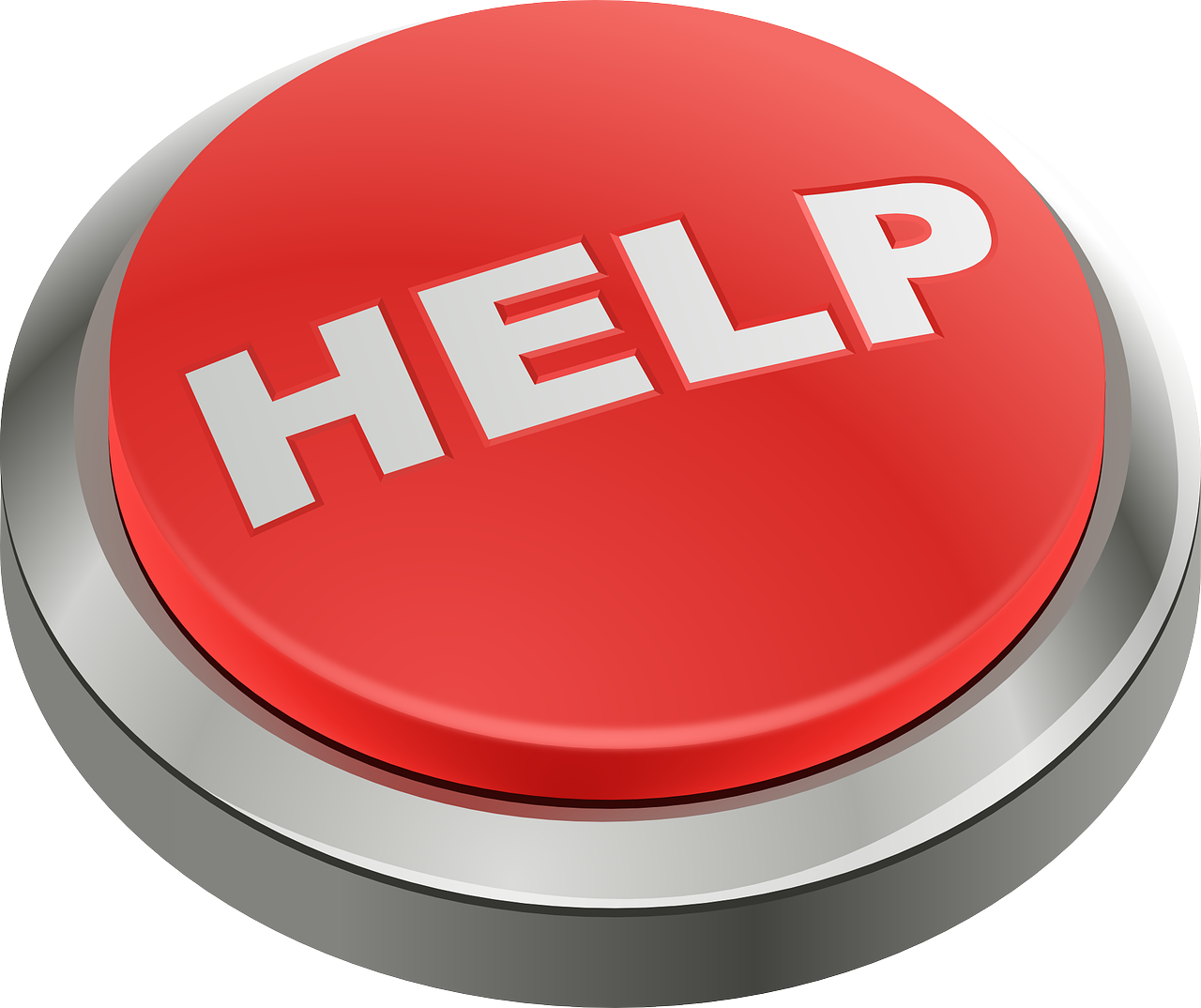Experiencing a panic attack can be incredibly overwhelming and distressing. The sudden onset of intense fear and physical symptoms can make you feel out of control and desperate for immediate relief. If you’re currently having a panic attack or want to be prepared for the future, this post provides effective strategies to help you calm down quickly. Here’s what you can do right now to find relief.
Understanding Panic Attacks
A panic attack is a sudden episode of intense fear or discomfort that peaks within minutes. Common symptoms include:
- Rapid heartbeat
- Sweating
- Trembling or shaking
- Shortness of breath
- Chest pain
- Nausea or abdominal distress
- Dizziness or lightheadedness
- Chills or hot flashes
- Numbness or tingling sensations
- Feelings of unreality or detachment
- Fear of losing control or dying
Recognizing these symptoms as a panic attack is crucial for managing your response and finding relief.
Immediate Steps to Help During a Panic Attack
1. Deep Breathing
Focusing on your breath can help calm your mind and body. Try this simple breathing exercise:
- Sit or lie down in a comfortable position.
- Inhale slowly and deeply through your nose for a count of four.
- Hold your breath for a count of four.
- Exhale slowly and completely through your mouth for a count of four.
- Repeat this process until you start to feel calmer.
2. Grounding Techniques
Grounding exercises help divert your focus from the panic attack and bring you back to the present moment. One effective grounding technique is the 5-4-3-2-1 method:
- 5: Identify five things you can see around you.
- 4: Identify four things you can touch.
- 3: Identify three things you can hear.
- 2: Identify two things you can smell.
- 1: Identify one thing you can taste.
3. Positive Affirmations
Repeating calming and reassuring phrases can help counteract the fear and anxiety you’re feeling. Try saying these affirmations out loud or in your mind:
- “This is a panic attack. It will pass.”
- “I am safe and in control.”
- “I can handle this. I have gotten through this before.”
4. Muscle Relaxation
Progressive muscle relaxation involves tensing and then slowly releasing different muscle groups in your body. This can help reduce physical tension and promote relaxation:
- Start with your toes, tense the muscles for a few seconds, and then slowly release.
- Gradually move up through your body, tensing and relaxing each muscle group.
5. Stay Present
Focus on your immediate environment to help ground yourself. Engage your senses by feeling the texture of an object, listening to soothing music, or looking at calming images. Avoid thinking about the past or future; concentrate on the here and now.
Long-Term Strategies for Managing Panic Attacks
In addition to immediate coping techniques, adopting long-term strategies can help reduce the frequency and severity of panic attacks:
1. Regular Exercise
Physical activity releases endorphins, which can improve your mood and reduce anxiety. Aim for at least 30 minutes of moderate exercise most days of the week.
2. Healthy Lifestyle Choices
Eating a balanced diet, staying hydrated, getting enough sleep, and avoiding stimulants like caffeine and nicotine can positively impact your overall mental health.
3. Mindfulness and Meditation
Incorporating mindfulness practices and meditation into your daily routine can help you stay calm and focused. Apps like Headspace and Calm offer guided meditations specifically designed for anxiety.
4. Therapy
Cognitive Behavioral Therapy (CBT) is highly effective in treating panic attacks. CBT helps you identify and challenge negative thought patterns and develop healthier responses to stress. Seeking help from a mental health professional can provide personalized strategies and support.
5. Support Network
Having a strong support network can make a significant difference in managing panic attacks. Talk to friends or family members about your experiences, or join a support group where you can share your challenges and learn from others.
Seeking Professional Help
If your panic attacks are frequent or severe, it’s essential to seek professional help. A healthcare provider can rule out any underlying medical conditions and develop a comprehensive treatment plan tailored to your needs. Medications such as selective serotonin reuptake inhibitors (SSRIs) or benzodiazepines may also be prescribed to help manage symptoms.
Conclusion
Panic attacks can be incredibly distressing, but knowing what to do when you’re having one can help you regain control and reduce their impact. By using immediate coping techniques, adopting long-term strategies, and seeking professional support, you can manage your panic attacks more effectively. Remember, you are not alone, and with the right tools and support, you can navigate through these challenging moments and find peace.
If you’re currently experiencing a panic attack, start with the immediate steps outlined above to help calm yourself down. For long-term management, consider integrating the suggested strategies into your daily routine and seeking professional guidance to develop a comprehensive plan tailored to your needs.

